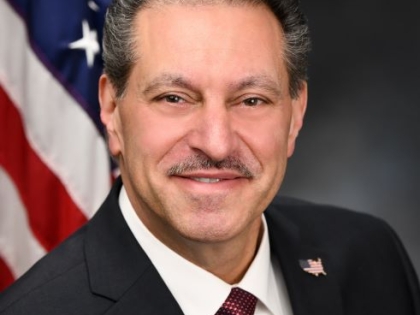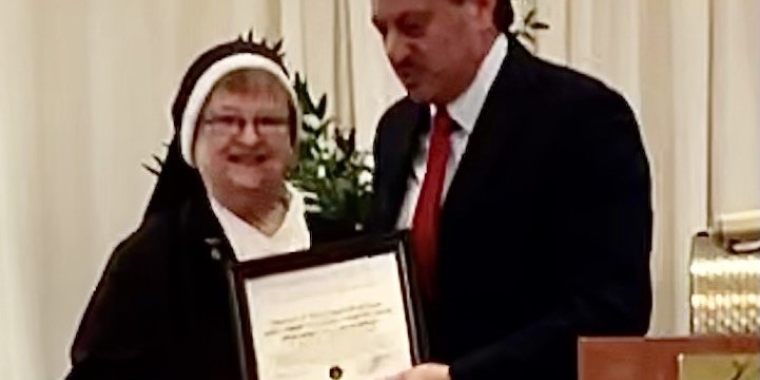
Addabbo: What Happened to $2.3 Billion in State Aid for Education Awarded by the Court?
Joseph P. Addabbo Jr
March 19, 2012
-
ISSUE:
- Education
Wants State to Honor the Court Decision to Fund City Schools
Queens, NY, March 16, 2012 – NYS Senator Joseph P. Addabbo, Jr., is reminding state lawmakers during budget negotiations of a court decision that called for the restoration of monies to New York City public schools that were wrongfully underfunded by the state.
In 2001, an almost decade-old lawsuit by the New York City-based Campaign for Fiscal Equity, led to the New York State Supreme Court Appellate Division’s ruling that limiting resources to public schools violated a student’s constitutional right to a “sound, basic education”. The ruling led to a $2.3 billion increase in cumulative state aid to local public schools through 2007 that has since been ignored, and furthermore damaged, by $2.7 billion in subsequent budget cuts.
“Governor Pataki was supposed to have set aside the larger share of $2.3 billion increase in state aid for downstate education as a result of the Court’s 2001 ruling. Where is it and how do we get it?” asks Addabbo.
According to this excerpt from a January 21, 2009 article in The Village Voice, “The Campaign for fiscal Equity Lawsuit Was the Best Hope for City Schools. It Failed.”:
Following the court ruling, newly elected Governor Eliot Spitzer proposed boosting state education funds to the city by $5.4 billion by the year 2011, factoring in the kind of programmatic specificity the lawsuit’s filers had suggested. School districts would have to sign “Contracts for Excellence,” vowing to use the windfall to improve one of five educational areas: teacher quality, length of school days, smaller class sizes, restructured middle and high schools, and full-day pre-K and kindergarten. Under Spitzer’s plan, spending increases would be slowly phased in over five years, but only $228 million out of the $700 million in extra funding the first year would be subject to Contract for Excellence restrictions. The rest trickled out through various loopholes--$60 million for charter schools, $38 million for “experimental” programs—and into other pots of money the school system was free to spend however it wanted.
There were numerous complaints of insufficient oversight over how the money was actually being spent. Rather than pouring the dollars into consolidated citywide programs targeted at improving teacher quality or lengthening the school day, the city left it up to principals to decide how to spend their tiny portion of the funds. The result was no comprehensive strategy for using the funds, and a paper trail that is, at best, patchwork and, at worst, unreliable: principals only had to report their intentions, not how the money was ultimately spent.
So where is the money? From discussions with government colleagues and staff, Addabbo believes that due to the state’s poor fiscal condition over the past three years, lack of available dollars caused the state to become unable to keep up with its educational funding obligation set by the State Supreme Court. The Senator is hopeful that by raising the issue during the current budget negotiations, when the state is in an improved economic situation, it can resume to honor the Court’s decision and its payment toward New York City’s schoolchildren.
Concludes Addabbo, “With the issue of New York City’s student-to-teacher ratio, rising costs and the city threatening to close dozens of schools, New York’s public school system could really use this money--now more than ever. More than a billion dollars in recovered funds would go a long way toward helping students and teachers have positive outcomes in their classrooms.”
# # #
Share this Article or Press Release
Newsroom
Go to NewsroomAddabbo Commemorates Catholic Education
October 23, 2023


Addabbo Condemns Hate Crime on Bus in South Ozone Park
October 16, 2023